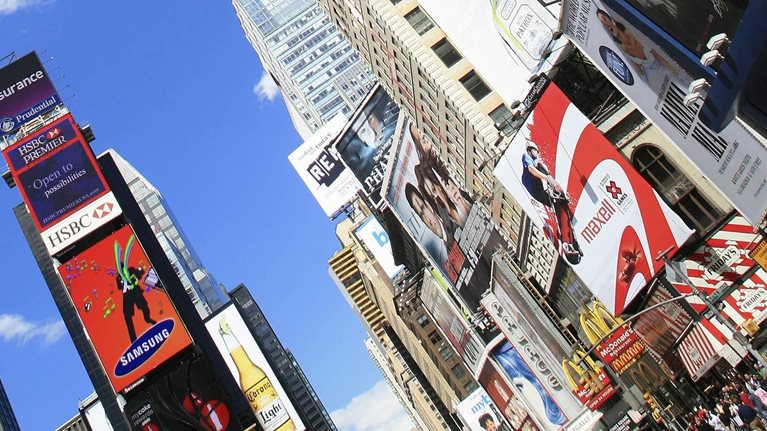Retailers as far back as the legendary pioneer Marshall Field once focused intensely on clinching sales once customers walked into stores. But recently, the industry has been missing opportunities to make sales. New technologies, extensive retailer Web sites, mobile-shopping tools, and in-store Internet kiosks have separated customers from sales associates. Content to let consumers research products independently, many retailers have been reducing in-store sales staff and eliminating commission-based models. This approach has resulted in lower costs, but it has also reduced incentives for those left on the floor to make sales.
Many retailers assume that customers walk into stores for purely transactional purposes: they know what they want and just need to buy it. Yet McKinsey research indicates that as many as 40 percent of customers remain open to persuasion once they enter a store,1 despite undertaking extensive product research, reading online reviews, and comparing prices on their own. Retailers that fail to have knowledgeable staff on hand to help customers make decisions, or even to create arresting in-store visual marketing materials, are losing sale after potential sale. More than ever, retailers need a sales-driven mind-set focused on having the right number of sales staff; ensuring those staff are knowledgeable, well-trained, and motivated to sell; and providing the right in-store experience for customers.
Bolstering the sales staff
Many retail executives argue they can’t afford to provide high-value sales help. Simple arithmetic suggests they can’t afford not to. It’s true that adding frontline staff that can sell effectively is costly and takes time, and we’re not suggesting a return to an old-fashioned, expensive, labor-intensive sales system. But there’s a powerful and straightforward business case for investing in frontline sales staff: when done correctly, adding salespeople offers one of the more attractive payback opportunities in retail.
Consider the case of home electronics sold through discount stores—the ultimate self-help format, where consumers typically undertake product comparisons independently before ultimately going to a store to make a purchase. With an average selling price of $200 and an average gross margin of 10 percent, or $20 per sale, the cost of hiring a good salesperson is recouped by selling just one additional product per hour on the floor. When the profit margin from up-selling or cross-selling accessories is added, just one additional sale every two hours is needed. At one self-help apparel company, for example, providing extra sales assistance during select hours increased the conversion rate by 1.5 to 2 times, driving fitting-room use 37 percent higher and recouping the cost of the extra human help within an average of 10 to 15 minutes during normal selling hours.
Building the right frontline sales force
Watch skilled salespeople at work and you soon realize that while selling is an art that can be approached in a variety of ways, it boils down to four basic steps: open, ask for needs, demonstrate, and close. Surprisingly few frontline sales associates know these steps well, and fewer do all four consistently. At one retailer, for example, we found that associates failed to ask to close the sale 86 percent of the time. Having staff that understand and enjoy the sales process is paramount, and that means attracting the right employees, training them effectively, and rewarding them appropriately.
Effective sellers share common traits: they are motivated by helping customers, have extroverted personalities, and are passionate about their work. Our research indicates that, at most, 45 percent of frontline employees across multiple retailing sectors have the personality and attributes to be effective sellers.2 Retailers need to redesign the way they hire and deploy staff into selling roles to attract employees with the personality and attributes required to succeed. In addition, we found that few retailers provide training with the specificity and quality to effectively support sales associates in their mission to sell more. That leaves even natural salespeople often unable to answer basic questions about their products from potential customers who are increasingly informed (in some categories, more than 75 percent appear in the store having done extensive independent research).
Improving the in-store experience
Better visual merchandising can make a big difference in helping consumers make certain buying decisions, accelerating the payback on frontline staff. Consider one self-help retailer that simplified its point-of-sale signage for digital cameras to make comparing products easier for both consumers and sales staff. Rather than using technological jargon such as megapixels and zoom sizes, the retailer instead used “photo-enlargement sizes” and “distance to picture object.” Memory cards emphasized the number of photographs a card could hold, rather than describing them in gigabytes. Because sales staff could use the visual displays as a way to sell products to customers without having to memorize technical details, they were more confident and achieved more sales per hour.
Examining the way consumers make decisions also makes a difference. At one leading personal-bath-care chain, for example, executives realized that people preferred to shop by “scent” rather than “function”—they preferred all vanilla products in one area, rather than all shampoos in one area and all soaps in another. Reorganizing the entire merchandising layout from a function-based to a scent-based display resulted in increased category sales, as customers bought multiple products with the same scent, rather than just one. It was a simple but effective change reflecting how consumers actually shop. Paying attention to these kinds of customer behaviors remains invaluable, despite the unprecedented access to product information, reviews, and prices that consumers have online.

